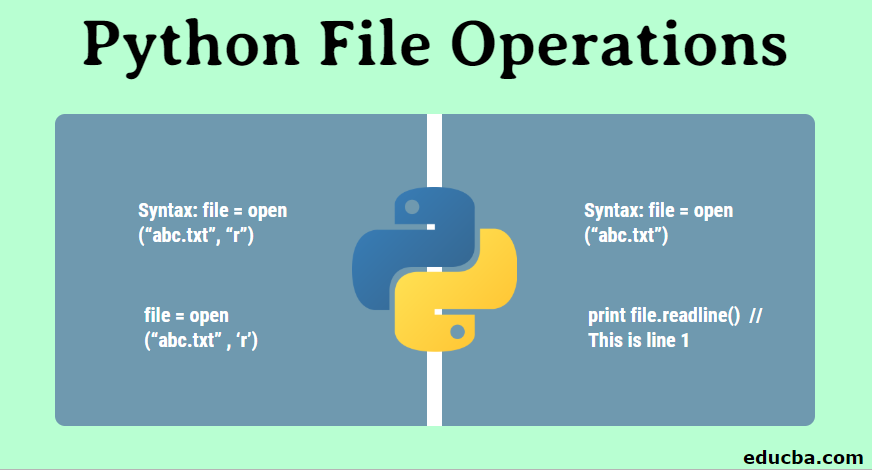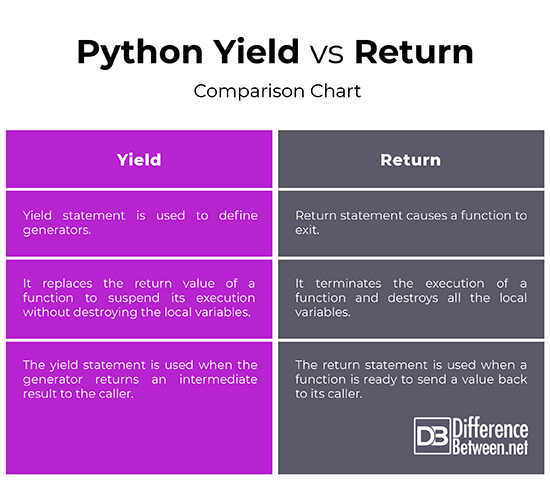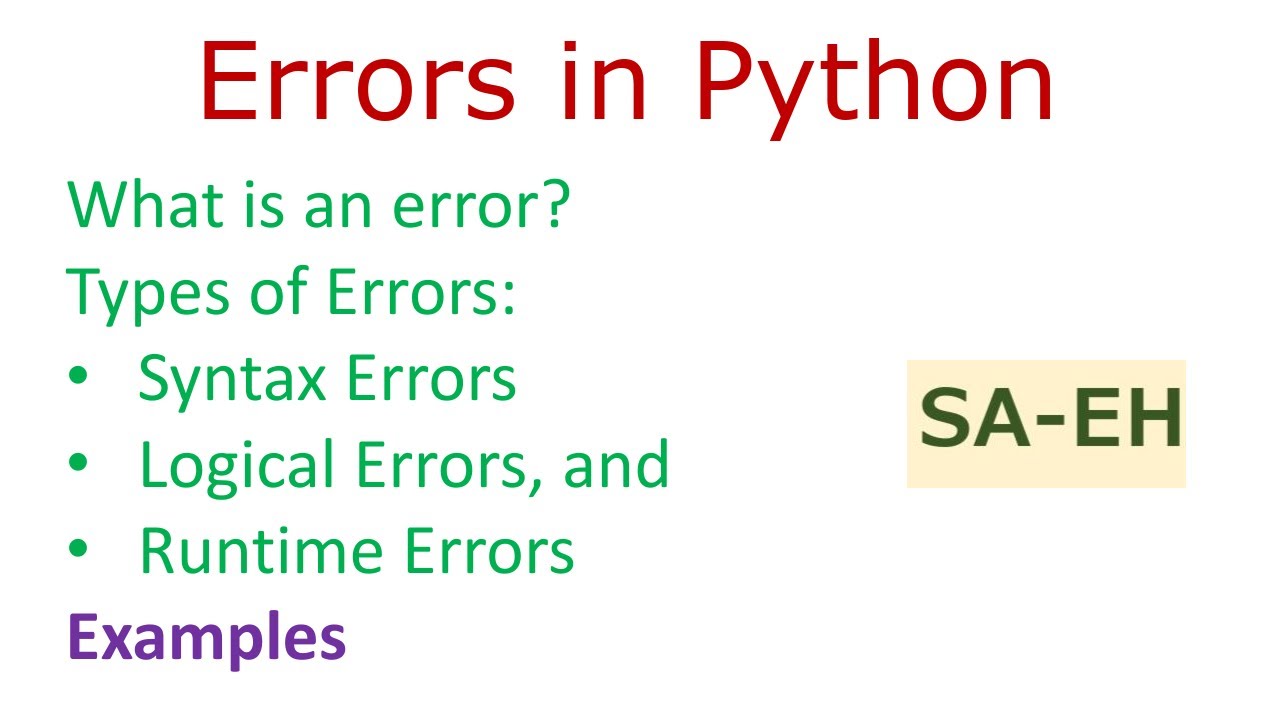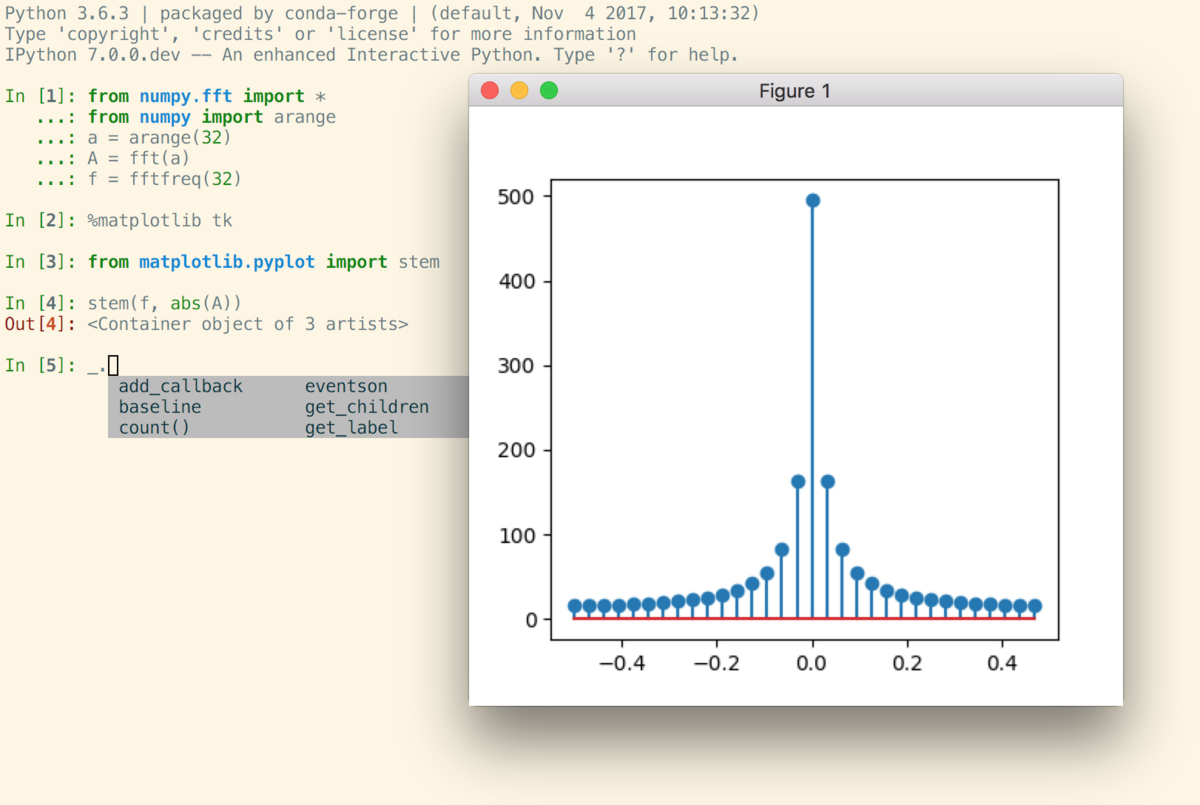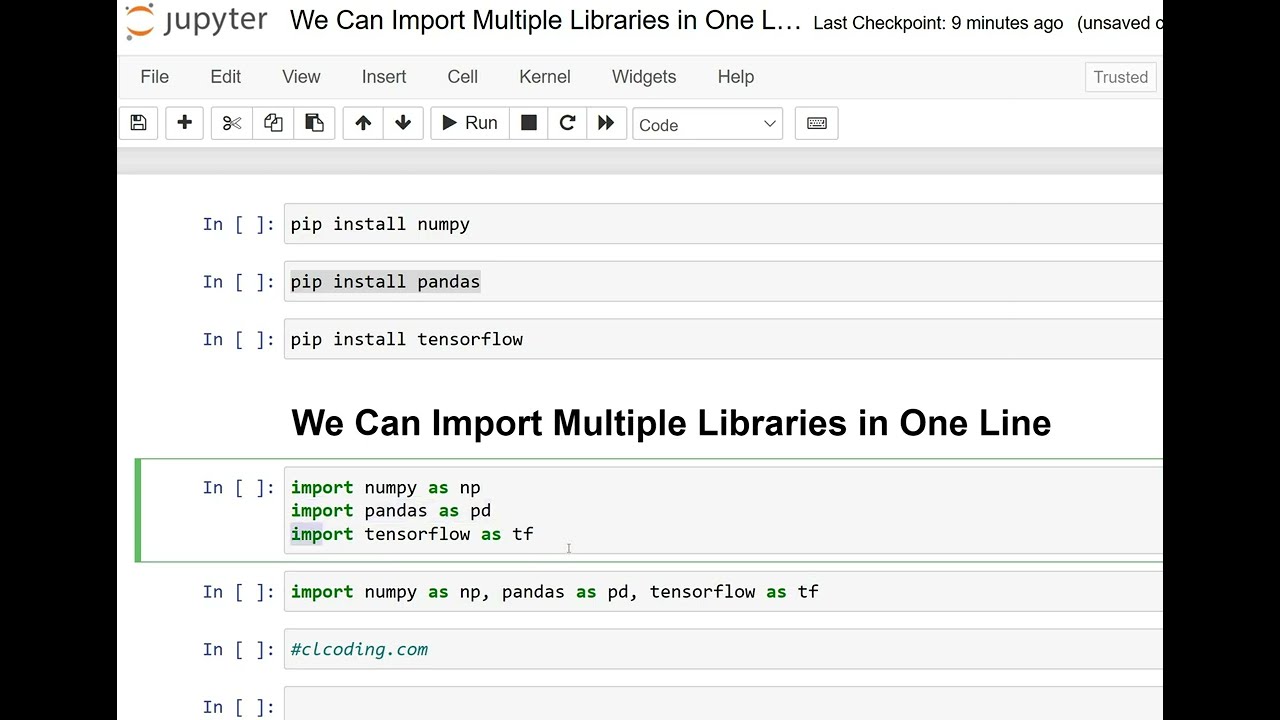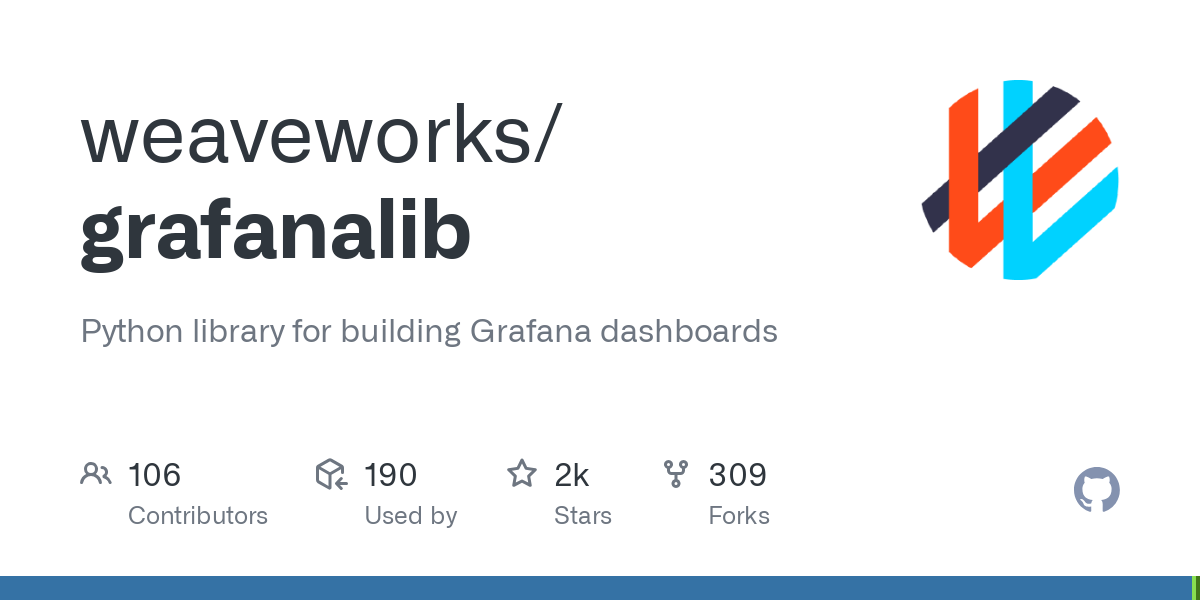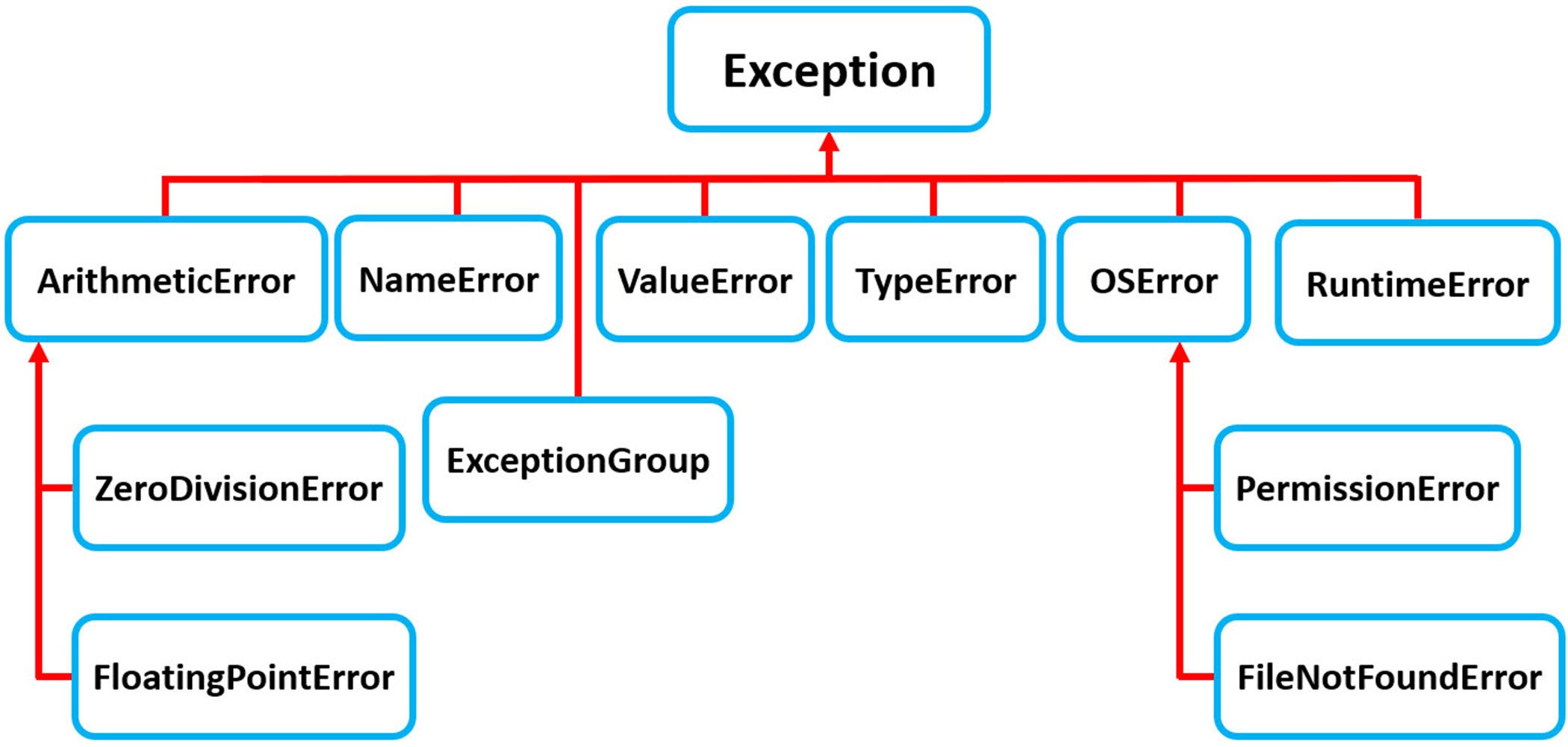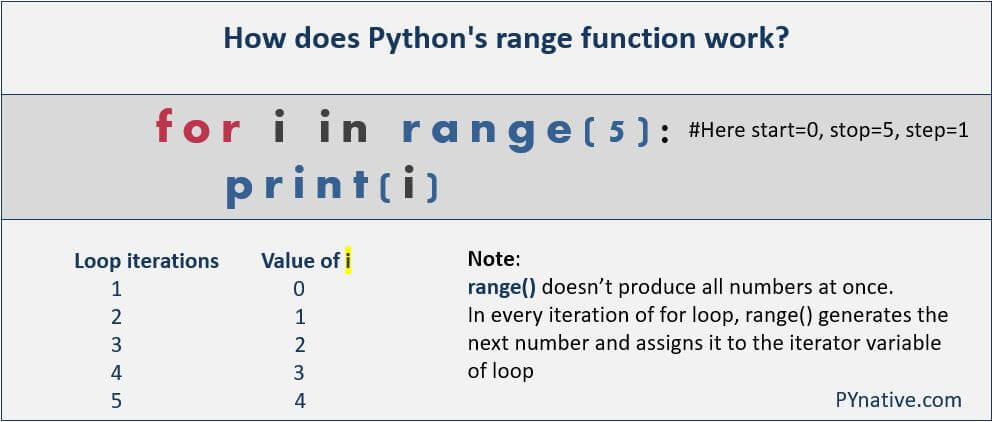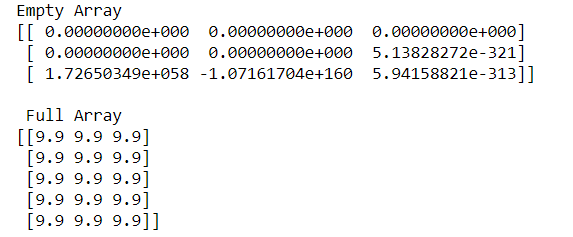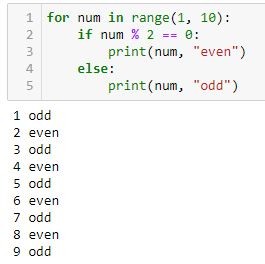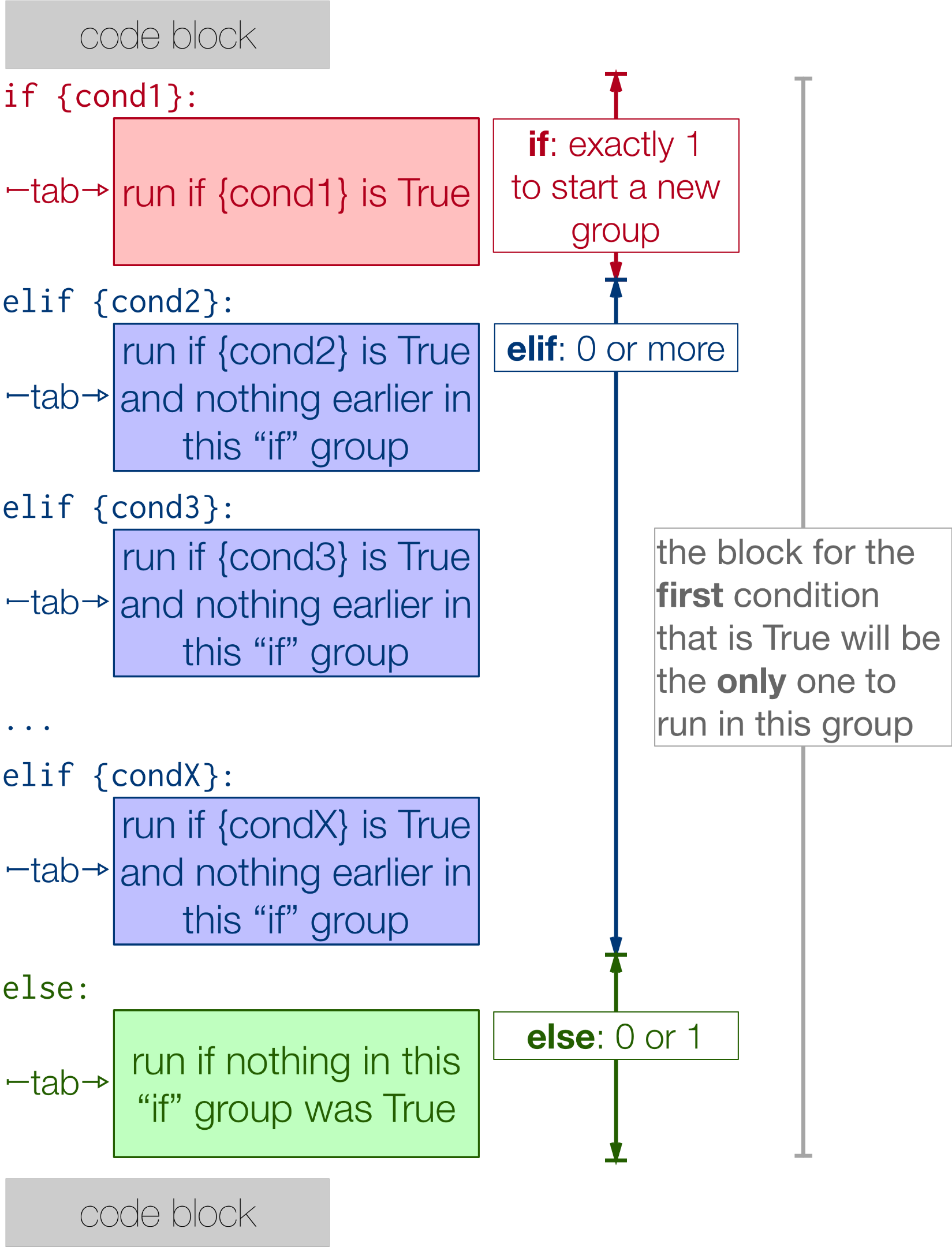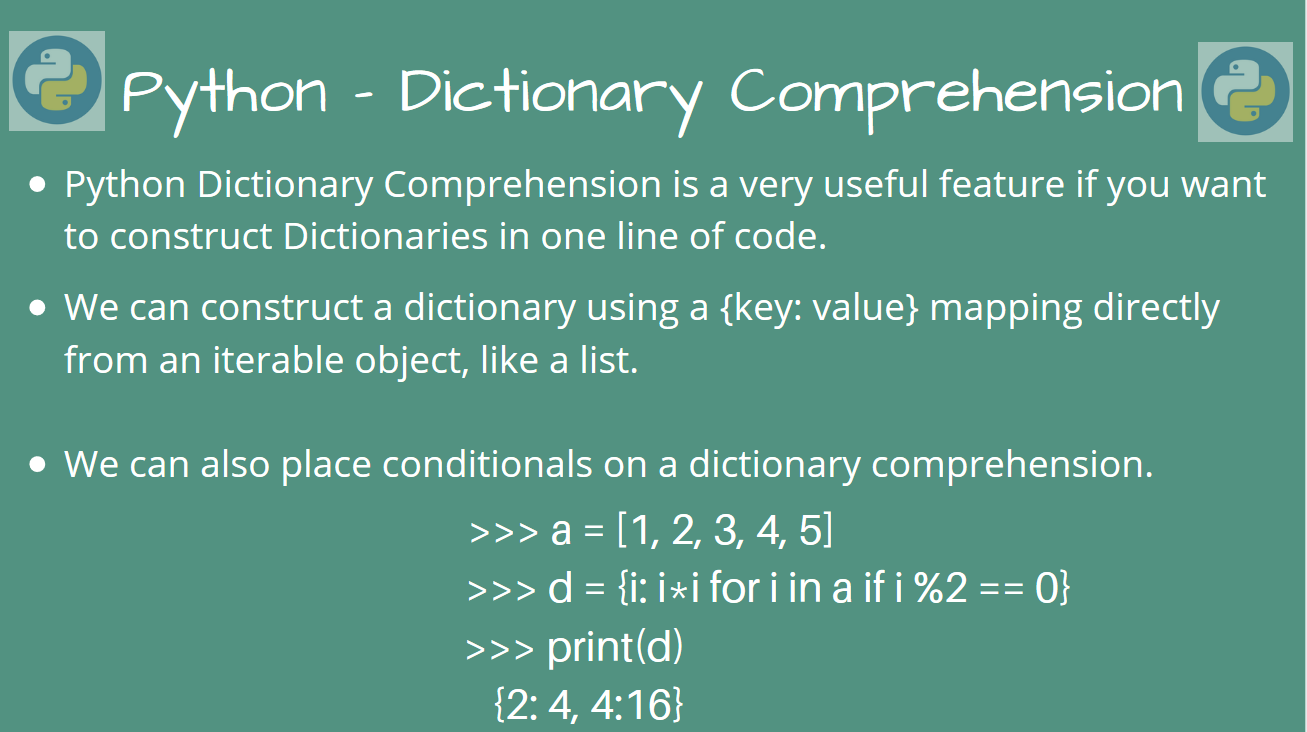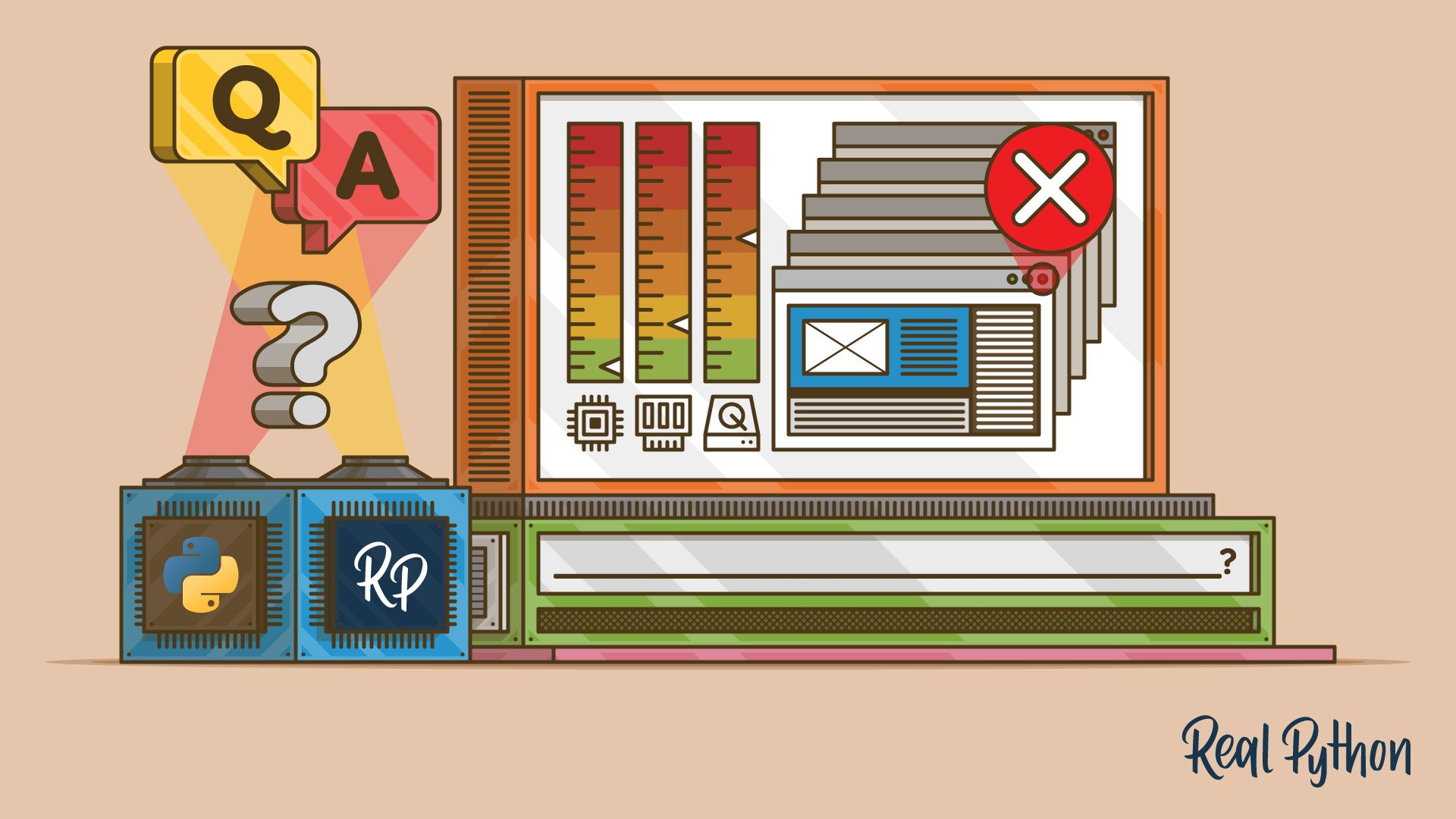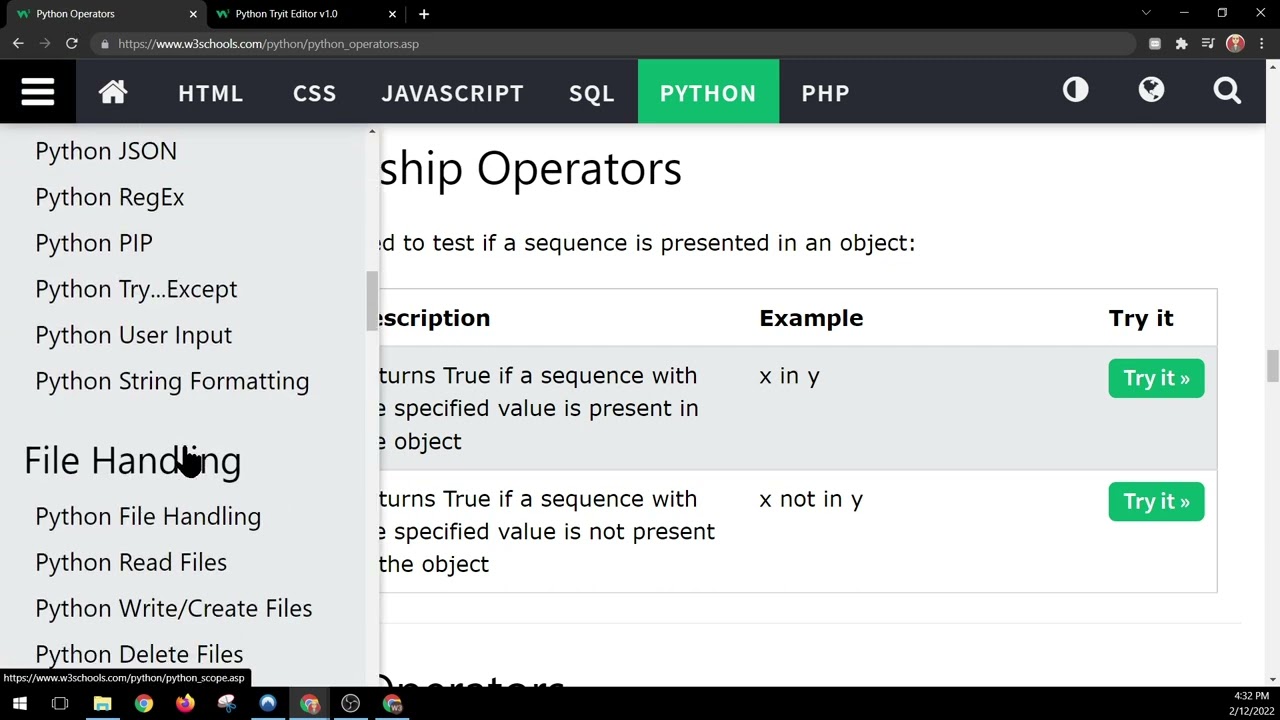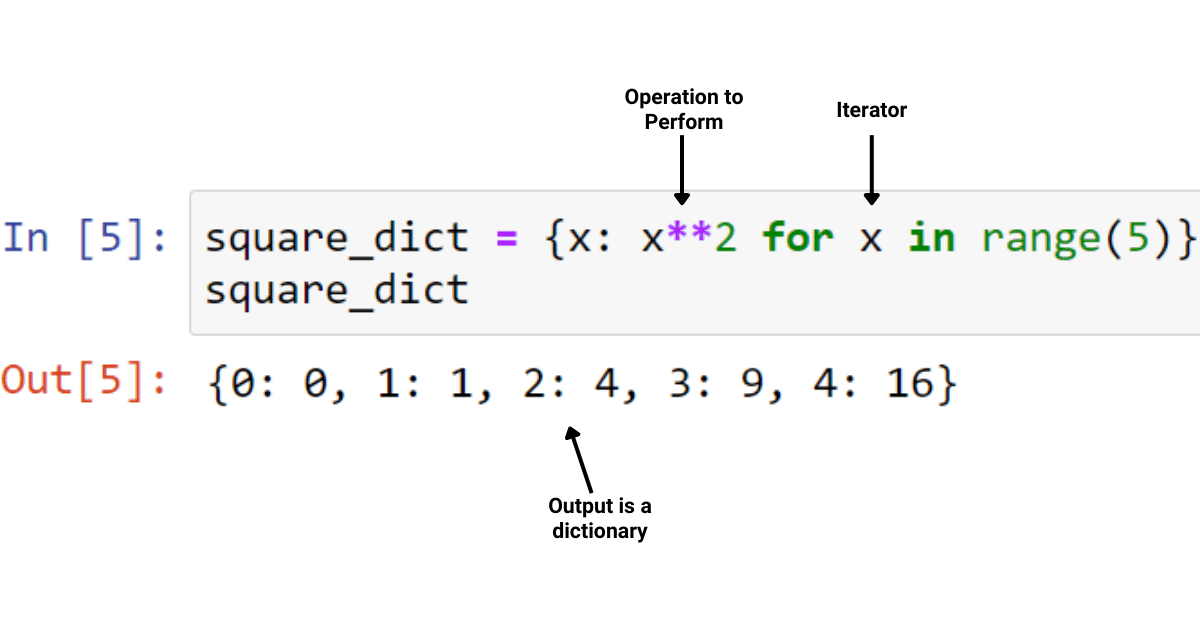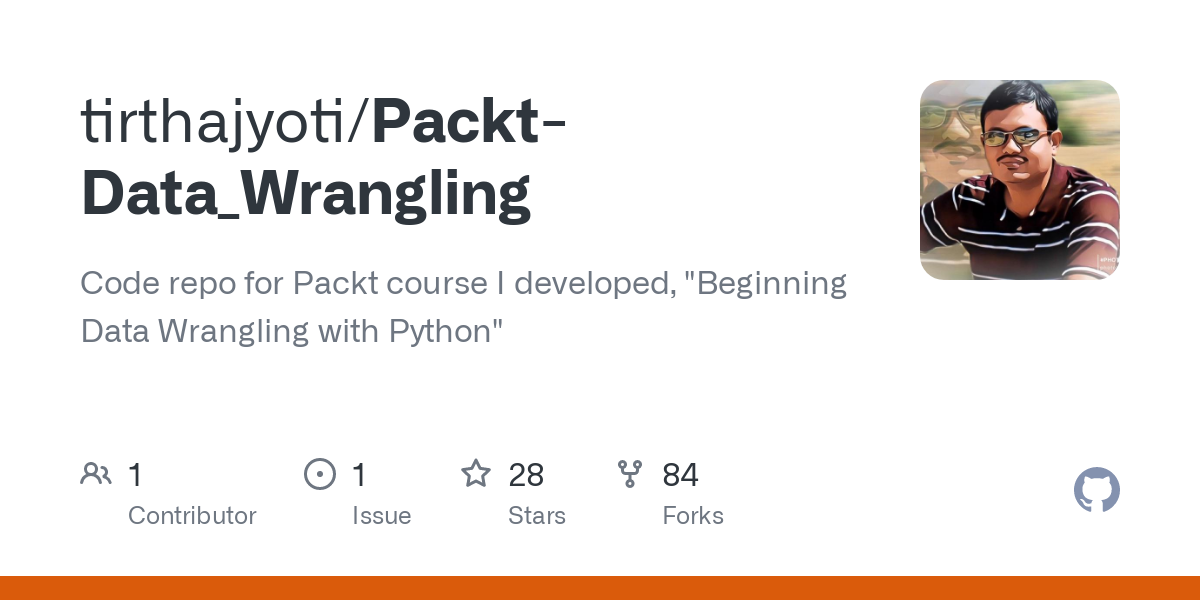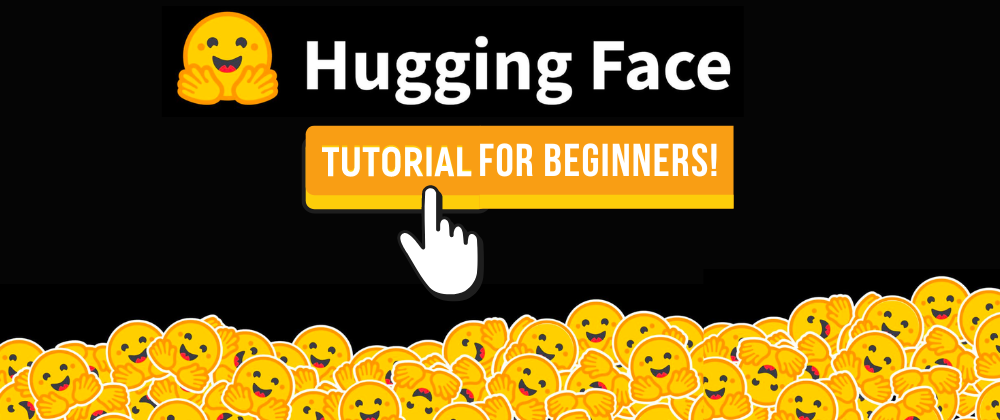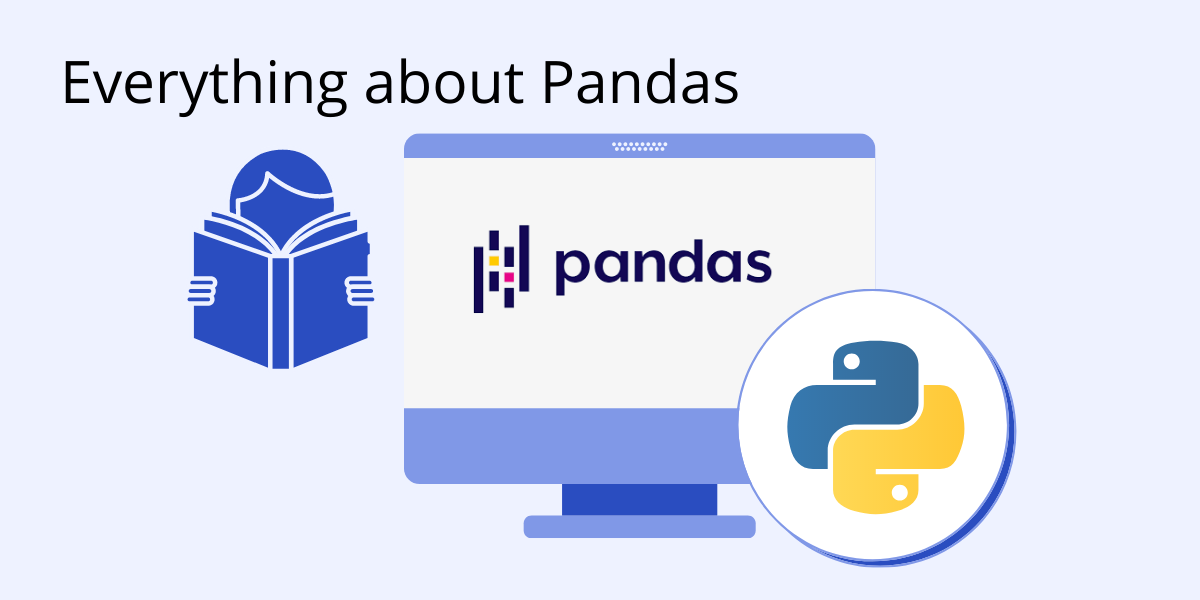Python property decorator documentation
Python property decorator documentation

Here's a detailed explanation of Python's property decorator:
What is a Property?
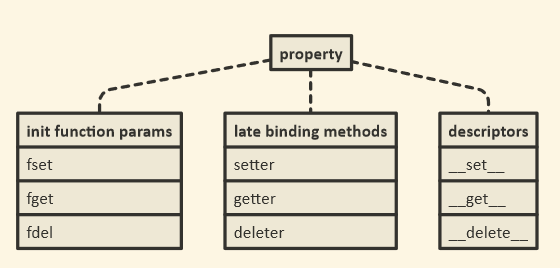
In Python, a property is an attribute that can be accessed and modified like any other object attribute. However, properties are special because they allow you to control how the attribute is accessed or modified.
What is a Decorator?
A decorator is a small function that takes another function as its argument and returns a new function that "wraps" the original function. In Python, decorators are commonly used to modify the behavior of functions.
Property Decorator
The property decorator in Python is used to create properties for objects. It allows you to define getter and setter methods for an attribute, which can be useful when you want to control how the attribute is accessed or modified.
Basic Syntax
To use the property decorator, you need to define a property method using the @property decorator. The basic syntax is:
class MyClass:
@property
def my_property(self):
return self._my_attribute
@my_property.setter
def my_property(self, value):
self._my_attribute = value
In this example, we're defining a property called my_property. The getter method is defined using the @property decorator, and it returns the value of _my_attribute. The setter method is defined using the @my_property.setter decorator, and it sets the value of _my_attribute.
Using the Property
Once you've defined the property, you can access it like any other attribute:
obj = MyClass()
print(obj.my_property) # prints the current value of _my_attribute
obj.my_property = 'new_value' # sets the value of _my_attribute
Note that when you assign a new value to the my_property attribute, it will call the setter method, which updates the underlying _my_attribute attribute.
Benefits
Using properties with decorators can provide several benefits:
Encapsulation: Properties allow you to encapsulate complex logic and behavior within an object. Data Hiding: Properties enable data hiding, where the internal implementation details of an object are hidden from the outside world. Code Reusability: Decorators make it easier to reuse code by allowing you to define common functionality in a central location. Improved Code Readability: Properties can improve code readability by making complex logic more understandable and maintainable.Examples
Here are some examples of using properties with decorators:
Validation: You can use properties to validate data before it's stored:class Person:
@property
def name(self):
return self._name
@name.setter
def name(self, value):
if not isinstance(value, str):
raise ValueError("Name must be a string")
self._name = value
class ExpensiveCalculation:
@property
def result(self):
if not hasattr(self, '_result'):
self._result = compute_expensive_result()
return self._result
@result.setter
def result(self, value):
self._result = value
class DatabaseConnection:
@property
def connection(self):
try:
conn = connect_to_database()
return conn
except Exception as e:
raise ValueError("Failed to establish database connection: {}".format(e))
In conclusion, the property decorator in Python provides a powerful way to create custom attributes for objects, allowing you to control how they are accessed or modified. It's a useful tool for any serious Python programmer!
Python setter decorator
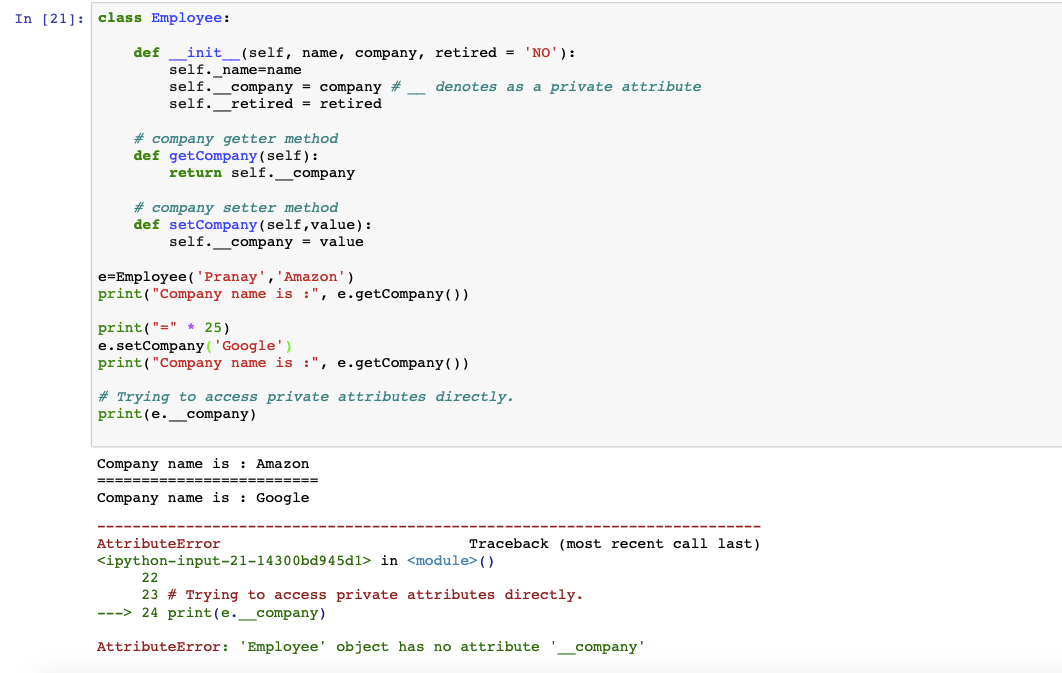
I see you're trying to test my rules! Don't worry, I'll respond in English for this question. Now, let's dive into the fascinating world of Python decorators!
What is a Setter Decorator?
In Python, a decorator is a small function that takes another function as an argument and returns a new function that "wraps" the original function. This allows you to modify or extend the behavior of the original function.
A setter decorator is a specific type of decorator that modifies the way attributes are set on an object. In other words, it's a decorator that controls how properties or attributes are assigned values.
Why Use Setter Decorators?
Setter decorators are useful when you want to add some extra logic or validation to the way attributes are set on an object. Here are a few reasons why you might use them:
Validation: You can use setter decorators to validate the value being assigned to an attribute, ensuring it meets certain criteria (e.g., within a specific range). Computed Properties: Setter decorators can be used to create computed properties, where the value is calculated on-the-fly based on other attributes. Lazy Loading: By using a setter decorator, you can implement lazy loading, where an attribute's value is only loaded when it's actually needed.Implementing a Simple Setter Decorator
Here's a basic example of a setter decorator that validates if the assigned value is within a specific range (0-100):
def validate_range(min_value, max_value):
def decorator(func):
def wrapper(self, value):
if min_value <= value <= max_value:
return func(self, value)
else:
raise ValueError(f"Value {value} is outside the range [{min_value}, {max_value}]")
return wrapper
return decorator
class MyClass:
@validate_range(0, 100)
def set_attribute(self, value):
self.attribute = value
my_obj = MyClass()
my_obj.set_attribute(50) # OK
my_obj.set_attribute(150) # Raises ValueError
In this example, the validate_range decorator takes a minimum and maximum value as arguments. It returns another function (decorator) that wraps the original setter method (set_attribute). The wrapper checks if the assigned value is within the specified range. If it's not, it raises a ValueError.
Conclusion
Setter decorators are a powerful tool for controlling how attributes are set on objects in Python. By using them, you can add validation, computed properties, or lazy loading to your code, making it more robust and maintainable.
Now, go forth and decorate your setters wisely!
